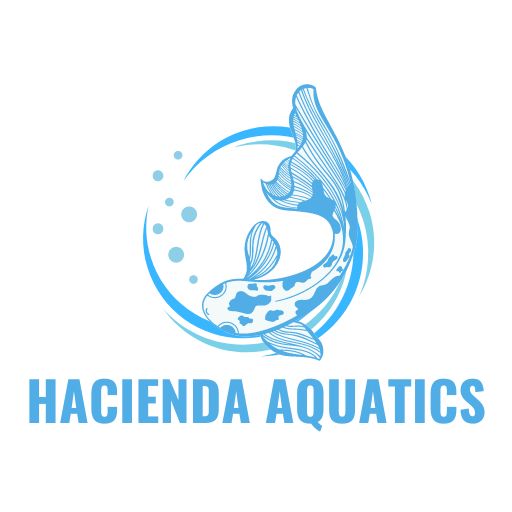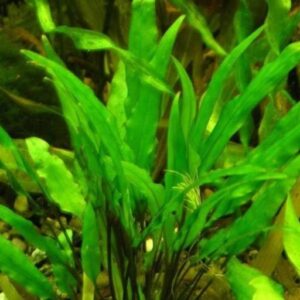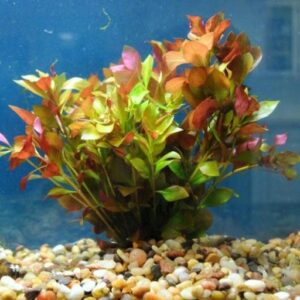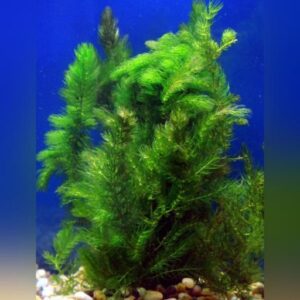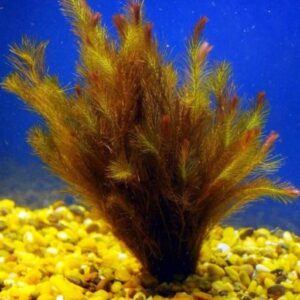Aquarium plants
Aquarium plants
Aquarium plants
Aquarium plants
Aquarium plants
Aquarium plants
When it comes to choosing aquarium plants for your aquarium, it’s essential to consider the types, benefits, and care they require. Let’s dive into the details and understand what makes each type unique and how to take care of them.
Types of Aquarium Plants
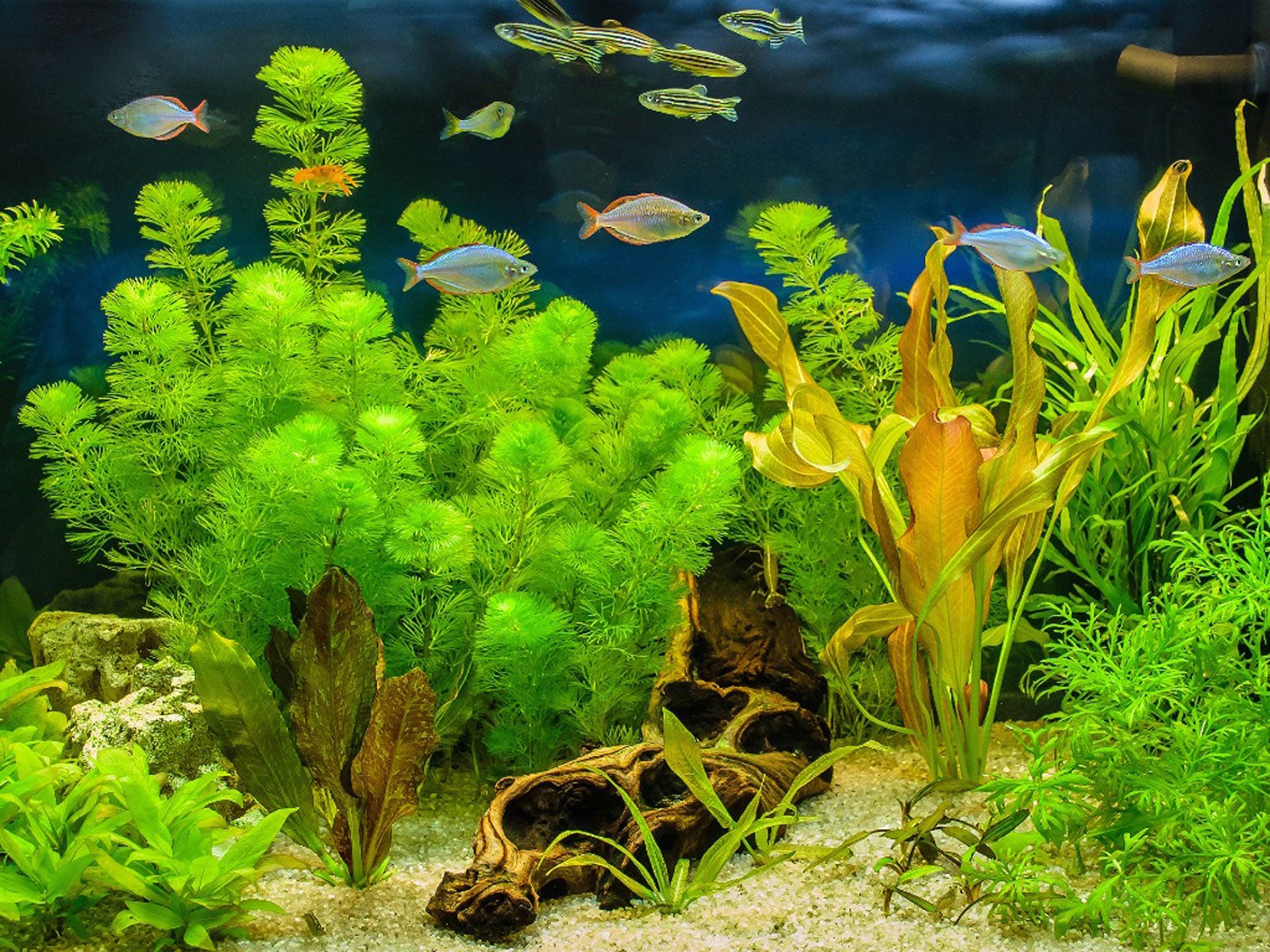
There are several types of aquarium plants, each with its unique characteristics and care needs. Understanding these will help you choose the right ones for your aquarium:
Floating Plants
Floating plants, such as duckweed and water lettuce, are great for providing shade and reducing algae growth by blocking out excess light. They float freely on the water’s surface and are ideal for low-maintenance setups.
Rooted Plants
Rooted plants like Amazon swords and Vallisneria anchor their roots in the substrate and grow tall, providing excellent coverage and habitat for fish. They are perfect for aquariums that require a natural, jungle-like aesthetic.
Rhizome Plants
Rhizome plants, including Java ferns and Anubias, grow horizontally from a thick stem known as a rhizome. These plants are incredibly hardy and thrive in low-light conditions, making them a favorite among beginners.
Benefits of Aquarium Plants
Why should you consider adding aquarium plants to your aquarium? The benefits are numerous, ranging from aesthetic to environmental:
Improved Water Quality
Aquarium plants play a crucial role in maintaining water quality by absorbing harmful nitrates and ammonia, which helps in keeping the water clean and safe for fish.
Oxygen Production
Through photosynthesis, aquarium plants release oxygen into the water, which is essential for the health and well-being of your fish and other aquatic inhabitants.
Natural Habitat for Fish
Plants provide hiding spots and breeding grounds for fish, reducing stress and creating a more natural environment that encourages healthy behaviors.
Care Tips for Aquarium Plants
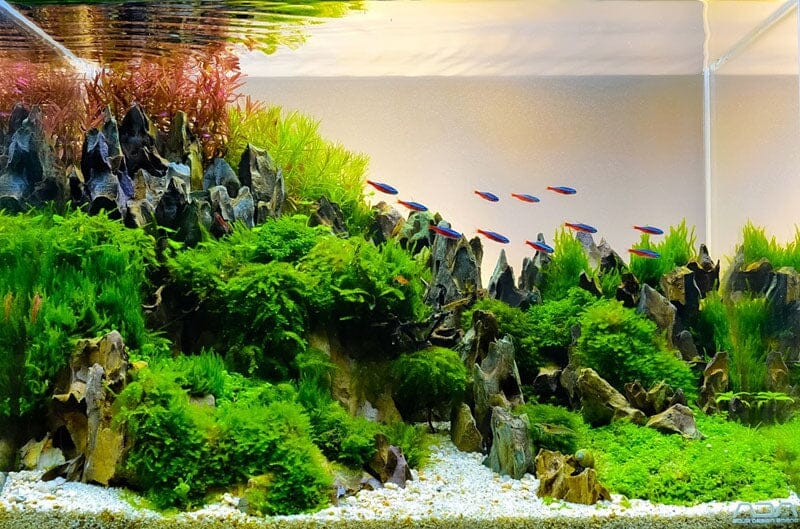
Taking care of aquarium plants requires understanding their specific needs regarding light, nutrients, and water parameters. Here are some essential care tips:
Lighting Requirements
Different plants have different light requirements. For example, high-light plants like dwarf baby tears need bright, intense light, while low-light plants like Java moss can thrive in dim conditions.
Nutrient Needs
Just like any living organism, aquarium plants need nutrients to grow. Use root tabs and liquid fertilizers to provide essential nutrients like iron, potassium, and nitrogen.
Water Conditions
Maintain stable water parameters, such as pH and temperature, to support plant health. Most aquarium plants prefer a pH level between 6.5 and 7.5 and a temperature range of 72-82°F (22-28°C).
Choosing the Right aquarium plants
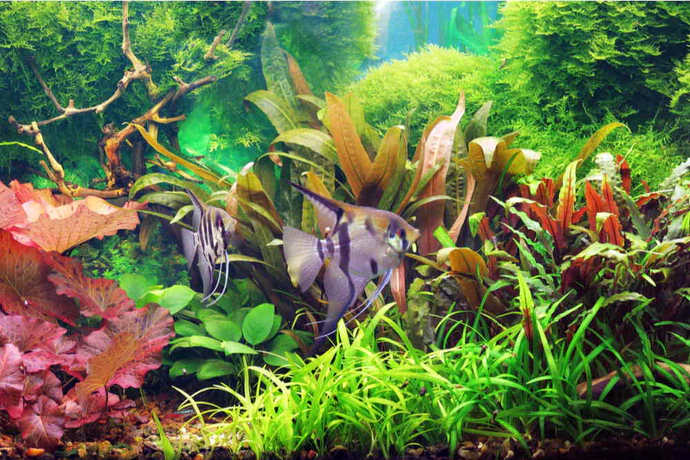
Selecting the right aquarium plants for your tank depends on several factors, including the size of the aquarium, the type of fish you keep, and your personal preferences. Here’s a closer look at how to make the best choice:
Consider Your Tank Size
The size of your tank plays a significant role in determining which plants are suitable. Larger tanks can accommodate taller and more sprawling plants like Amazon swords and hornwort, while smaller tanks are better suited for compact species like Anubias nana and Cryptocoryne.
Match Plants to Your Fish
Different fish species have different behaviors and habitat needs. For example, some fish, like bettas, prefer densely planted tanks with lots of hiding spots, while others, like goldfish, might uproot delicate plants. Make sure to choose aquarium plants that are compatible with your fish’s behavior and needs.
Decide on the Desired Aesthetic
Do you want a lush, jungle-like environment, or are you aiming for a minimalist aquascape? Your aesthetic goals will guide your plant choices. Mosses and ferns create a more natural, wild look, while neatly trimmed carpets and stems provide a cleaner, more structured appearance.
Common Challenges in Growing Aquarium Plants
Growing aquarium plants can be a rewarding endeavor, but it comes with its own set of challenges. Let’s look at some common issues and how to overcome them:
Algae Growth
Algae can quickly take over a planted tank if not properly managed. To control algae, balance your light levels, nutrients, and CO2. Adding algae-eating fish or shrimp can also help keep algae in check.
Nutrient Deficiencies
Yellowing leaves or stunted growth often indicate a nutrient deficiency. Regularly test your water for nutrient levels and adjust your fertilization routine accordingly.
Plant Melting
Some plants, particularly Cryptocoryne species, may “melt” when first introduced to a new environment due to changes in water parameters. This is a temporary condition, and with stable conditions, new growth will soon emerge.
DIY Aquascaping: Designing Your Aquarium Plant Layout
Creating a beautiful aquascape with aquarium plants involves more than just planting randomly; it’s about designing a layout that mimics nature and enhances the overall look of your aquarium. Here’s how to get started:
Plan Your Layout
Sketch your desired aquascape on paper before planting. Consider focal points, plant heights, and how each plant’s texture and color will complement the others.
Start with Hardscape Elements
Add rocks, driftwood, and other hardscape elements first. These serve as the foundation for your plants and help create a natural structure and flow in the tank.
Plant in Layers
Begin by planting background plants, followed by mid-ground and foreground plants. This layering technique creates depth and dimension in your aquascape.
The Role of CO2 in a Planted Aquarium
Carbon dioxide (CO2) is a critical component for the growth of aquarium plants. Here’s why CO2 is so important and how to manage it in your aquarium:
Understanding CO2 Requirements
CO2 is essential for photosynthesis, which allows plants to convert light energy into chemical energy. Most aquarium plants benefit from additional CO2, especially in heavily planted or high-light aquariums.
CO2 Injection Systems
Consider investing in a CO2 injection system if you have a densely planted tank. It helps maintain optimal CO2 levels, promoting robust plant growth and minimizing algae.
Balancing CO2 with Light and Nutrients
Too much CO2 without sufficient light or nutrients can harm fish and lead to algae blooms. Balance is key—monitor CO2 levels, light intensity, and nutrient availability to create a harmonious environment.
Incorporating aquarium plants into your aquarium is a fantastic way to enhance its beauty, create a natural habitat for your fish, and improve water quality. Whether you’re just starting with a few low-maintenance plants or creating an elaborate aquascape with a variety of species, the key is to understand the specific needs of your plants and provide them with the right environment to thrive. So, get your hands wet, experiment with different plants and layouts, and enjoy the process of creating your underwater garden!
